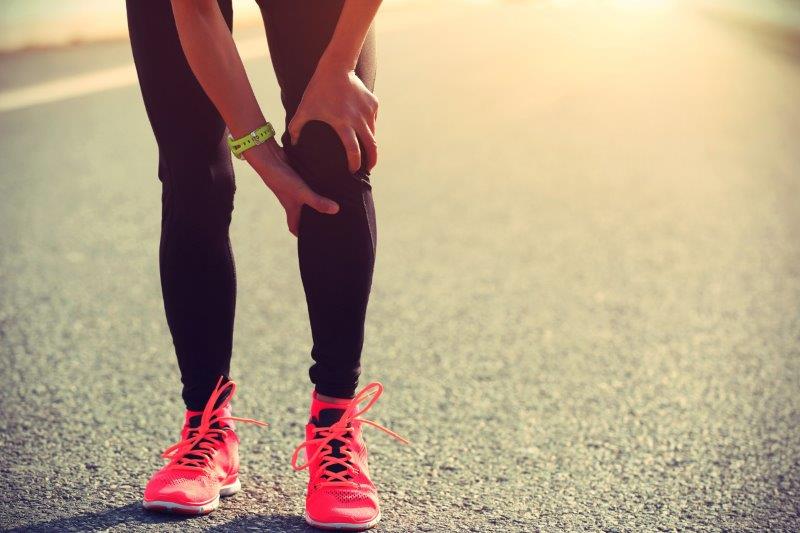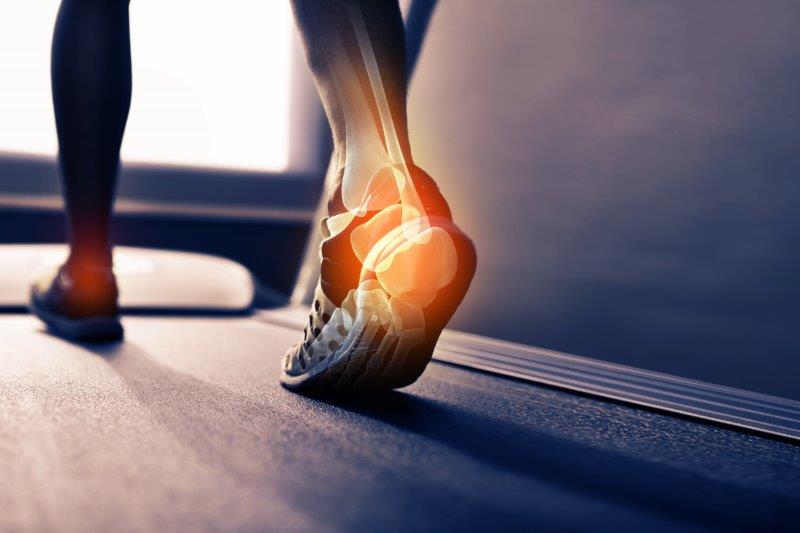
Physiotherapy widely known for helping people recover once they have sustained an injury. Well, did you ever think about physiotherapy for these injuries from happening in the first place! Injuries can of course happen at any time and you can never guarantee an injury won`t occur, but seeing a Physiotherapist CAN HELP! Whether you are wanting to start running, an occasional runner or you’re a serious runner – injury can be frustrating and stop you from achieving your goals.
Running is a high impact activity and there are common running injuries seen that generally affect the tendons. If you are a runner, it`s very likely that at some point through your running journey you`ve suffered from one of those injuries. You may be able to relate to some of these common running injuries that can put a stop to your training or progress:
– Gluteal tendinopathy: pain at the side of your hip and probably the most common overuse injury of the hip.
– ITB (Iliotibial band) syndrome: you experience pain at the outside of your knee and thigh.
– Medial tibial stress syndrome: often known as shin splints. Pain occurs along the bottom two thirds of the shin bone (tibia), if left untreated it can lead to most serious injuries such as stress fractures.
– Achilles tendinopathy: pain, stiffness and swelling of the Achilles often caused by poor training habits or running style, changed load due to increased distance/speed.
– Plantar fasciopathy: pain at the heel, arch and/or sole of the foot.
– Proximal Hamstring tendinopathy: pain deep in the buttock or at the very top of the back of the thigh.
– Patellofemoral pain: pain in front of the knee and around the knee cap. Along with gluteal and Achilles tendinopathy, probably one of the most common running related injuries.
There are many common and associated factors with the above mentioned injuries. One of these is the fact that they all involve tendons or tendon like structures. Tendons are the bridge between muscles and bones and without them movement can`t occur. However, tendons differ from muscles structurally. This difference in structure means that tendons do not adopt to changes (mainly sudden increases) in training load. This also means that muscle imbalances, weakness, poor training techniques/programmes, biomechanical factors or simply bad habits can have an effect on these tendons. Unfortunately, if not well managed, this effect can all too often be an injury.
With running is not enough JUST lace up and hit the road, it is important to do strength and conditioning training. It is widely known that strength training improves distance running economy and performance. I think most of you would agree with me that preventing injuries is easier and less painful rather than suffering and later facing a long rehabilitation process.
Physiotherapists specifically trained and experienced in running injuries, and analysis are extremely well placed to spot some of these previously mentioned factors that cause injuries before they become a problem.
DID YOU KNOW THAT AT KENSINGTON PHYSIO WE OFFER VIDEO GAIT/RUNNING ANALYSIS?

- What is video gait analysis?
With video gait analysis we are able to assess and analyse your running style and pick up possible problems or biomechanical issues in order to prevent an injury or/and boost your performance.
Whether you are a rookie runner preparing for your first 5-10k, a seasoned runner with several long distance events under your belt or one of the many runners suffering from an injury, video gait analysis can help YOU!
- What does happen on your assessment?
Your physiotherapist will go through lots of questions with you to get to know more your running habits, medical/injury history, etc. They will then record you running on the treadmill. Your physiotherapist will analyse the footage and discuss findings with you which will allow you to gain a better understanding of your running style and enable your therapist to provide a specific prevention/rehabilitation programme.
Author: Zsofia Olah
